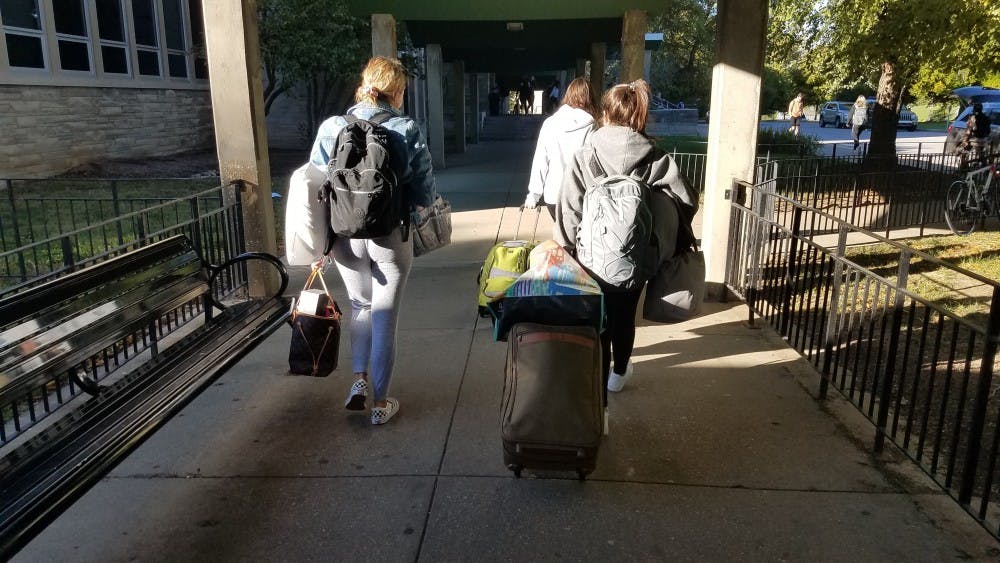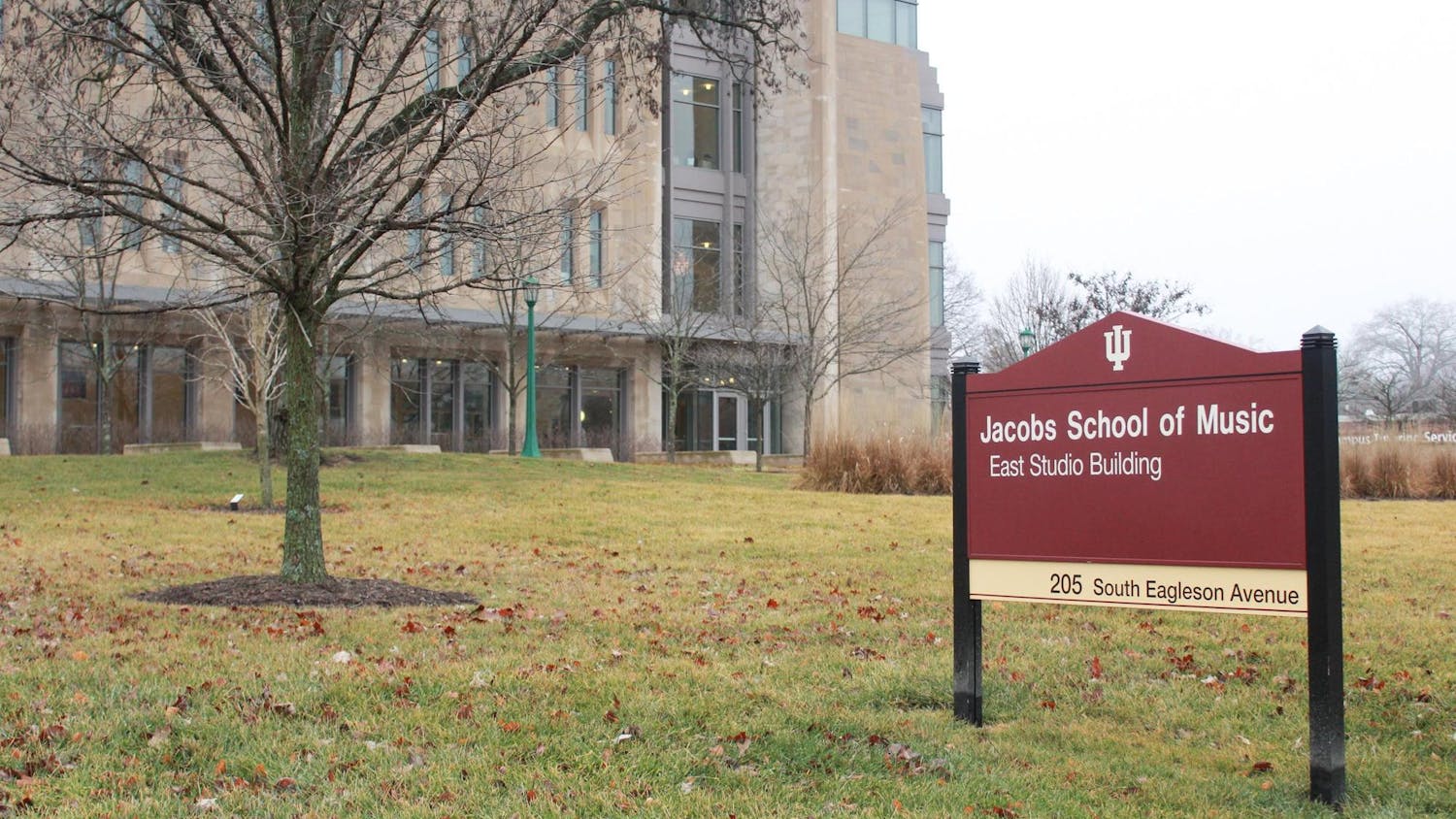INDIANAPOLIS - A federal judge is expected to make a ruling in the next two days on the first formal hearing for a lawsuit against the Trustees of IU regarding residence hall mold problems. A Monday hearing was meant to determine if the plaintiff’s request for a temporary restraining order and preliminary injunction would be necessary.
There will not be another hearing specifically to rule on the motions. The judge is deliberating and will make her ruling, which will be available online, before Thanksgiving.
The party who initiated legal action includes seven named students from Foster and McNutt quads, and because of its class-action nature, an undetermined number of students are also involved.
Although students are the official plaintiffs, parents have been a driving force in mold complaints.
The plaintiff requested the restraining order to stop the school from making misleading or inaccurate statements to students and to stop it from destroying evidence of mold before taking physical samples of it.
Attorney Thomas Barnard representing IU denied the plaintiff’s claim that the University was presenting misleading statements to students and pointed to the University’s website as evidence of the school’s transparency.
“We’ve attempted to address all the questions that students might have,” Barnard said.
Attorneys representing the students and parents argued that IU has only been using air samples of mold spores to determine if students can safely move back into rooms or remain in rooms. They said this is not enough evidence to prove the rooms are safe.
“IU has basically said to students and parents that everything is fine and we have a simple test score to see if you can move back into your room,” attorney Jacob Cox said.
The attorneys presented an affidavit written by Rachel Adams, president of Indoor Environmental Management Inc. In the affidavit, Adams said air samples were not adequate and should be considered alongside surface samples and visual inspections to fully assess the condition of the building.
Adams said mold spore sampling does not indicate the location or extent of mold and the moisture problems causing the mold. She also said air samples vary even when taken at the same time in the same location and don’t always capture all the mold spores present.
Barnard presented an affidavit from Beauregard Middaugh, Environmental Health and Safety systems manager at IU and a certified industrial hygienist. Barnard explained that Middaugh, the person who determines if each room is safe for students to live in or not, not only relies on the air sample tests but also uses photos and physical evidence to make the decision.
“We utilize the mold scores because it’s easier for parents and students to understand, ‘when can I move back into my room?’” Barnard said.
Barnard claimed the temporary restraining order was unnecessary because there is no health emergency at this time.
“The kids are protected,” Barnard said. “They’ve got HEPA air filters that remove 99.9 percent of particulates in the air.”
In Adam’s statement, she said if remediation is done correctly, there should be no need for HEPA air filters for further protection of students as Middaugh claims.
Attorney Jon Noyes, also representing the students and parents, argued that evidence needs to be preserved before it is destroyed.
“Mold is evidence and it is being destroyed when rooms are remediated,” Noyes said. “We can’t test mold if it’s already cleaned up so we can’t know what type of mold students are being exposed to.”
Noyes said the photographs provided by IU were not enough evidence due to the small amount and incomplete nature of them. Barnard said the evidence would be provided in due time.
“We appreciate what IU is doing. They’re doing a lot down there,” Cox said in his closing remarks. “They’re not doing enough.”
Correction: A previous version of this article incorrectly stated the nature of the lawsuit in question. A class had not been defined at the time of publication and is not yet a class action lawsuit. The IDS regrets this error.




